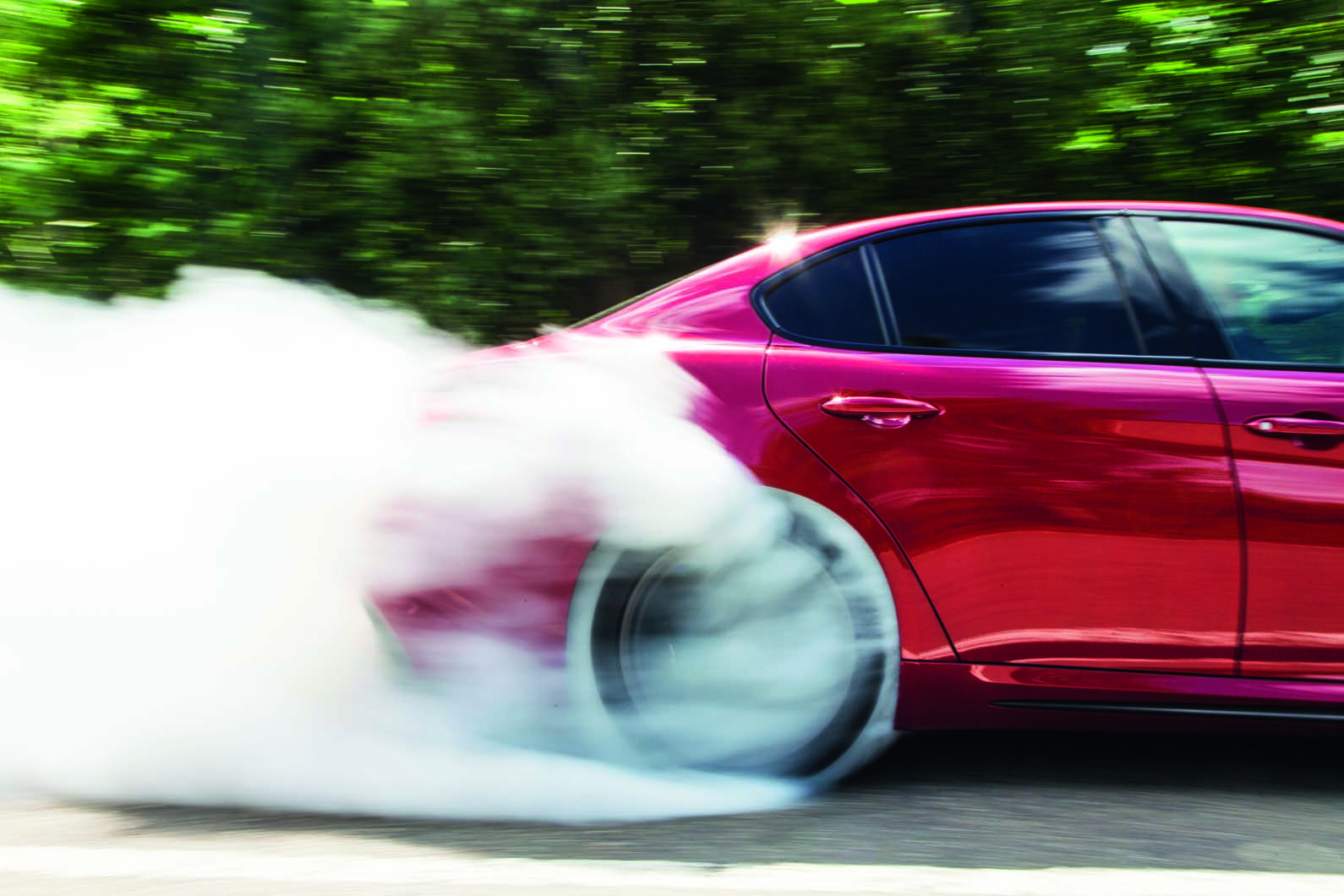This week, we discuss the rigours of shooting cornering photos of our cars and how cars could be friendlier
The other day, Autocar's photographer Stan Papior and I were shooting a car – well, I was driving it, he was shooting it - for cornering pictures.
And the thing about cornering pictures is that they can be quite hard on brakes.
There's lots of accelerating and decelerating, see, as we drive through the same bend perhaps 10 or 15 times, so there's little chance for brakes to cool and recover.
It's harder still at a test track, where we can turn close to the corner and drive quickly through it. If a car vectors torque or we're troubling the stability control, brakes might even be applied mid-corner, so they get very little respite.
Which is fine. We only push their limits if it's a specific track test, so deliberately cool them. With a bit of experience – which comes with running through the same bend 20 times once a week for a dozen years on a track that, by utter coincidence, is near our favourite cafe – you can tell when they're starting to feel at their collars and mop their brows.

You can sense the heat build up, perhaps a slight change in pedal pressure, and if a car is very new, you get a slight whiff from them too because pads give off an extra-pungent smell when they're given their first workout – the automotive equivalent of a gym-goer's January perspiration, when all the sherry and happiness oozes out of you.
Anyway, this, belatedly, brings me to my point. The other day, we shot an Jaguar E-Pace, which hits the right notes: a heavy car with brisk acceleration, only just run-in, brakes that are involved mid-corner, and needing more cornering shots than usual to cover more angles. Towards the end, it gave off a slight niff. One that, Stanley said, would have been nicer if it smelt better.
"They make windscreen washer smell nice, after all," he said (I paraphrase). "So why not have alpine-fresh scented brake pads."
This, I agreed, wasn't a bad idea. There must be loads of things like that about cars that could be tweaked to be a bit more, I don't know, friendly, I suppose. Soft, cuddly. Nice.
"You should write about them in your column," he said. "That sounds like a listicle," I said. "I can't write one of those."
"A what?" he said.
"Never mind," I said.
But he might be right. There are lots of things people must dislike about cars because, frankly, they're a bit 'orrible to the wider world. I like a great engine noise as much as the next man but there are millions of people who just wish you'd turn it the hell down, because they can't hear themselves think.
Tyres don't smell too bad, but they are a bit on the noisy side when worked: a squeal-less tyre would revolutionise the track day. Why do burning clutches have to smell like the dead rat beneath the floorboards who's beginning to make his presence known? And why isn't there a way to fill a car with diesel that doesn't involve the horrible, muculent residue getting all over your palms?
I'm not entirely serious about all of these. You wouldn't come to this page if that's what you expected. But a lot of heavy engineering goes into cars, and there are quite a few people, less predisposed to cars than we are, who'd rather not be reminded of it.
Related stories:
Lexus LC500 review
Lexus LFA review